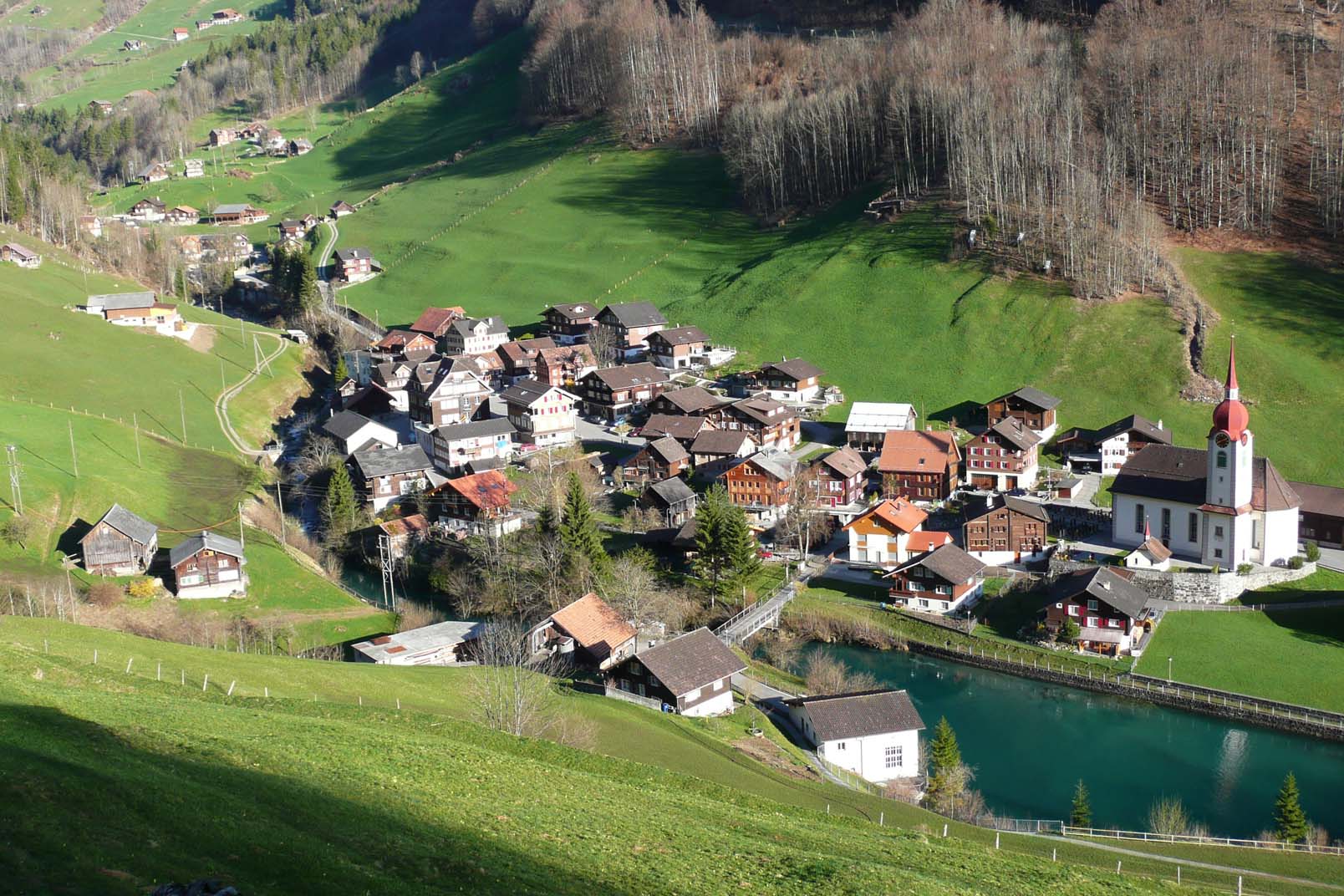Lowndes takes out sandown 500 meters from his home in Folsom. (Photo courtesy of KQED)
If you look closely you can see the sand on the front of his house that has accumulated over the years and the road from where it fell down to a water course. „Every time I come to work and drive through that sand, I’m surprised how it looks in front of me,“ he says.
His son and daughter-in-law recently visited the home and found all of the stones removed as part of his work with the State.
But he still feels conflicted about what his contribution will do. „What I wa경주안마nt it to do, I really want that it helps clean the air,“ he says. „I know the pollution we put up there is a problem.“
He’d like to be able to continue his work to give back in different ways, but he has no easy options.
The next two years, Folsom will begin collecting the water used to remove sand and fill in the soil. The district was the first jurisdiction in California to make that change, as residents asked the district to take over that responsibility as well.
„There’s so many issues that are out there in Folsom that it can be difficult to clean them,“ Folsom Schools Superintendent, James Caulfield tells KQED.
„The district’s main focus right now is to build on the foundation that the community set when they requested us take over their responsibilities in 2015,“ he says.
Caulfield says the district is working on a pilot program that would give students the chance to brush dirt off their clothes and then continue to use the wate카지노r to clean the grass. And the district wants people to start using their water after the school year to wash vehicles, including the 오바마카지노bus and van.
It will be months before the district has a plan in place, but Caulfield says it’s important to put that plan in place at this time of year as well to make sure there’s the capacity to run the program efficiently.
One idea, which he has discussed with Folsom’s leaders, would be a city-run „rainwater harvesting center.“
If that was built in downtown Folsom, people would collect rainwater and keep the water for themselves. But Folsom would build a large garden next to the district’s new water treatment plant next to downtown to grow winter food gardens and for other uses to support community health initiatives. It would include
